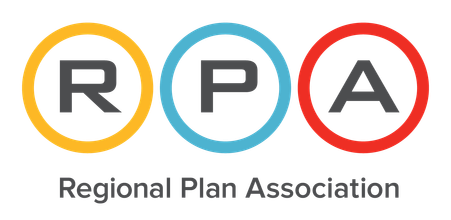Eastern Connecticut Housing Needs Analysis
The Center for Housing Equity and Opportunity Eastern Connecticut (CHEO) offers data and analysis on housing and demographics to help communities in the region understand and address housing affordability challenges.
Everyone in eastern Connecticut would like to be able to find an affordable home when they need one, whether they are renting or owning, new to the region or longtime residents. Yet while this aspiration is common for all of us, it is out of reach for some of us. Inventory is historically low and prices are historically high. Even for those working multiple jobs and earning the area median income (AMI), it’s hard to find an affordable place to live. Why?
This Housing Needs Assessment offers data on housing, demographics, jobs, and income from the last two decades in New London, Tolland, and Windham Counties to illustrate past, present, and future trends in housing, as well as employment and education, which are closely related to housing. Data is provided for the entire region (New London, Tolland, and Windham Counties), and at the county and town level.
In particular, this assessment outlines the difference between the housing that currently exists, and the housing that may be needed in order to ensure that all existing and new residents can find an affordable home when they need one. While the data differ among individual towns and counties, there are regional trends across the three counties that comprise eastern Connecticut. The number of households is increasing, and the area is adding jobs, yet fewer homes are being built, especially within small multifamily buildings. The average household is getting smaller, but the average home is not. Residents with the least means are facing the greatest housing cost burdens, and these residents are more likely to be Black or Latino.
Follow the links below to see data and analysis on housing, jobs, and demographics across eastern Connecticut. Data is presented at the regional, county, and town level.
For example, across eastern Connecticut (New London, Tolland, and Windham Counties):
Since 2010, the population has decreased by 10,413 people, while the number of households has increased by 5,996.
More than 56 percent of households are composed of one to two people, but only 40 percent of homes are designed for this type of household, with two bedrooms or fewer.
Nearly 56,000 households earn at or below 80 percent of the region’s area median income (AMI), but fewer than 25,000 affordable housing units are available for these neighbors.
Since 2000, almost half of the region’s municipalities built no two- to four-unit buildings, like duplexes or townhomes, while a quarter of municipalities built no multifamily buildings at all.
The region builds roughly half as many homes annually compared to the early 2000s.
More than 58,000 households are either living below the federal poverty line or just above it, as Asset Limited, Income Constrained, Employed (ALICE) households.
Statewide since 2000, adjusted for inflation, median income has decreased by five percent while median housing costs for renters have increased by 15 percent.
Eastern Connecticut residents have generally expressed a desire for stable homes and stable, prosperous communities, but these trends threaten that stability. Fortunately, state and local officials and families alike can use this data to make informed decisions about housing to foster a more stable and prosperous region.
The data and analysis in this tool is presented on Regional Plan Association’s website in an interactive and accessible format. It is intended to help inform discussions around housing needs and solutions in our communities.
This report was produced in partnership with:




